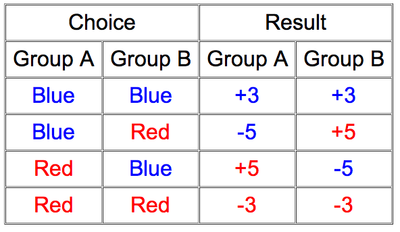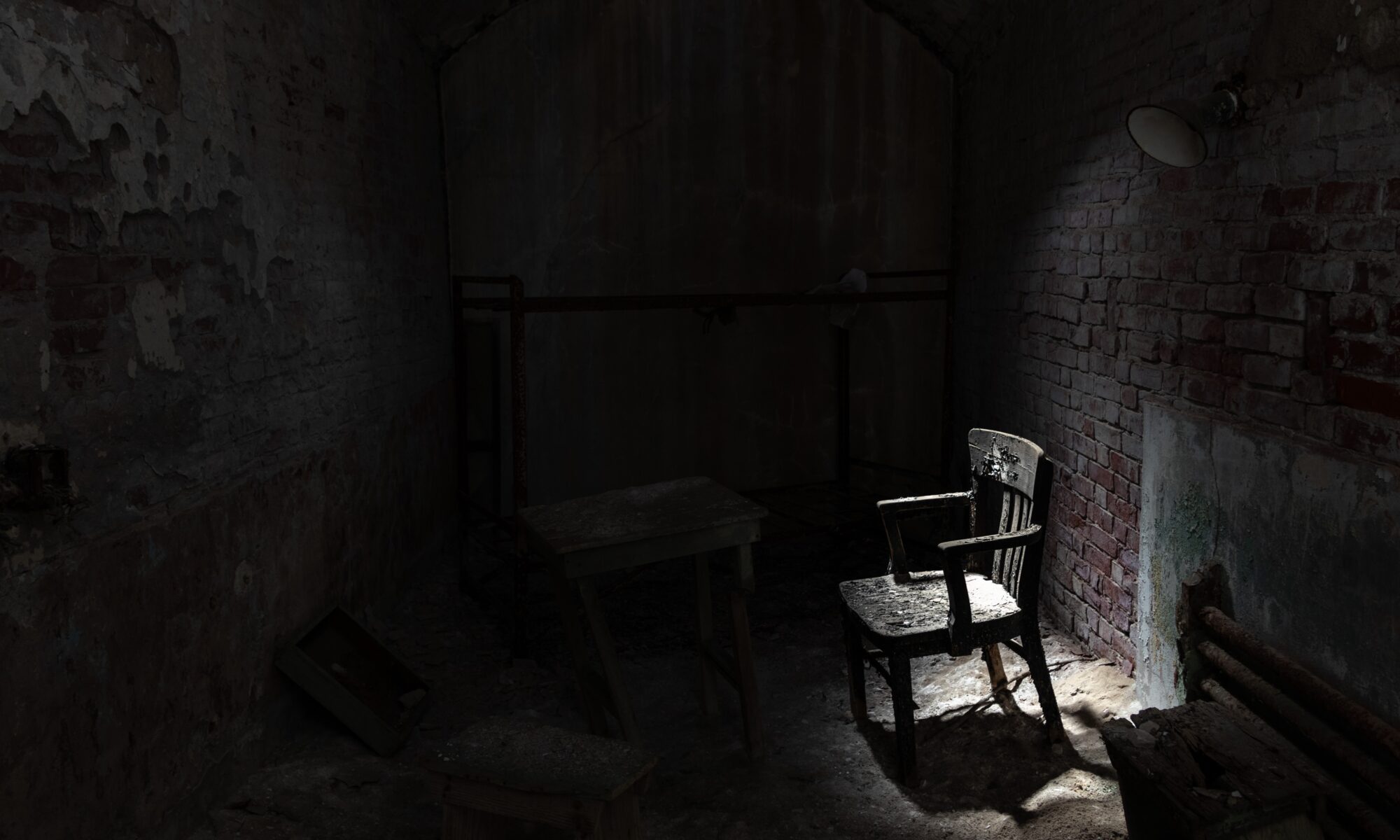Back in the 1970’s I taught a high school social studies course called “War and Peace Studies.”
A recent email exchange reminded me of a simplified version of the Prisoner’s Dilemma that I created for use in the classroom.
The Prisoner’s Dilemma is a fundamental exercise in game theory and serves as a great catalyst for discussions about decision making, communications, ethics and responsibility.
First, the classic example of the Prisoner’s Dilemma from Wikipedia:
Two suspects are arrested by the police. The police have insufficient evidence for a conviction, and, having separated the prisoners, visit each of them to offer the same deal. If one testifies for the prosecution against the other (defects) and the other remains silent (cooperates), the defector goes free and the silent accomplice receives the full 10-year sentence. If both remain silent, both prisoners are sentenced to only six months in jail for a minor charge. If each betrays the other, each receives a five-year sentence. Each prisoner must choose to betray the other or to remain silent. Each one is assured that the other would not know about the betrayal before the end of the investigation. How should the prisoners act?
How I adapted for classroom use
Students were divided into two separate locations. (Group A and Group B). Once divided, I managed the game – shuttling between the two rooms. Both groups were given the same goal – “To accumulate as many points as possible without helping or hindering the other group.” In practice, I found that the point incentive generally faded away as groups just focused on their perception of “winning.”
I ran a series of 10 decision rounds. During each 5 minute round both groups were told make a group decision about the choice one of two colors – red or blue. See results chart below. I did not specify how they were to arrive at the decision within their groups. When each group has completed their decision, I shared results back to each group. As the decision rounds accumulated, players faced the results of cooperation and betrayal.
To add another dimension to the dilemma, periodically (after decision rounds 3 and 6) I invited each group to send a negotiator to a neutral location (usually just the hallway). This was the only communication allowed between the groups. Generally each group was divided over both the instruction to give their negotiator (“bluff ’em” vs “make a deal”) and how to interpret the negotiator’s “report.” Sometimes groups even became mistrustful of their own negotiator.
It usually took about 45-50 minutes to set the game up and go through a series of 7-10 rounds with some negotiation breaks. The homework assignment was to write a reflection “What did I learn about myself during the game?” Loads of great discussion the next day with many great applications to history, current events, group process and ethics.
For great prompts to foster student reflection, see my post “The Reflective Student: The Taxonomy of Reflection.“

Feature image by Spencer Tamichi on Unsplash

